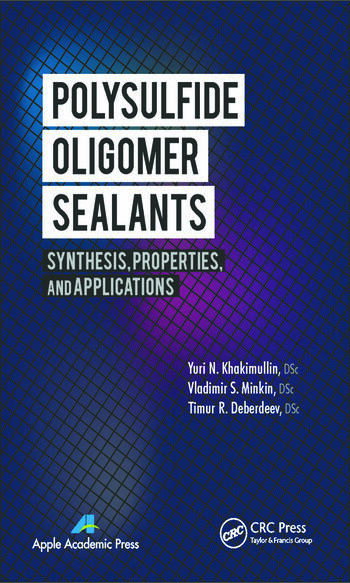Problems Covering Recessed Areas
Back-ionization appears as "starring" on the precured surface and orange peel after curing. This appearance is caused by powder that literally jumps off the work piece, like a submerged beach ball popping out of the water when released. It disturbs all the powder particles near it, thereby creating a crater, or hole, in the powder. This occurs because of an excessive amount of like charges.
To compound this further, these particles are continuously bombarded with like-charged free ions as long as the spray gun high-voltage field is present. Once too many of these like-charged particles have built up, they spontaneously repel each other. If you want to see this happen, just keep spraying the same spot, and eventually little craters will appear. In a properly functioning system, visible back-ionization is caused by too much powder and/or too much charge. The key to reducing back-ionization is to understand what factors contribute to this reaction.
Further compounding this situation is the Faraday cage effect. The electrical flux lines of the charge tend to concentrate on the edges of the recess (one of those electrical proprieties that is hard to get around). This happens because those edges are closer to the spray guns than the interior of the recess.
Assuming the equipment is properly maintained and a good ground has been established, verify that the gun settings (both auto and manual) are appropriate for this situation. Experiment with Kilo-volt settings around 60kv or lower, and micro-amp settings at 80 or lower (modern controls have additional settings for complex geometries that will enhance electrical performance in this situation).
Next, reduce the powder volume, as too much film build can cause back-ionization. Reduce powder delivery air to avoid blowing powder out of the recess, thus causing the manual operator to repeatedly pass over the recess. Simply reducing powder output of the automatic spray guns may do the trick. In this situation, you need to spread the coating thickness between the manual and auto spray guns. In other words, if you want 2 mils of coverage, make sure that the autos are giving less than that because the manual coater will inevitably add more thickness. If the autos are set too high, you may have back-ionization before the part is even presented to the manual coater. With these minor adjustments, the manual coater will have a better chance of getting into the recess without causing back-ionization.
Spray gun tip selection and adjustment will provide a spray pattern best suited to deal with the shape of the recess. This situation would most likely benefit with a fan-spray or flat-spray tip, since the problem area is narrow. You may also want to experiment with the work-piece presentation, if it can be optimized.
Pre- vs. post-manual reinforcement can also help with these types of situations. Conventional wisdom may steer coaters to post-automatic manual reinforcement, but the presence of powder around the recess will make it more difficult to coat inside the recess. When manual reinforcement is before the automatic guns, the manual coater can see what he or she is doing more clearly when coating the bare part, and when fully aware of the problem areas, preautomatic manual reinforcement may improve results. This will lead to less powder buildup.
Additional equipment can also be used. Some equipment manufacturers have spray gun accessories designed to help reduce the number of free ions in the powder cloud. For a more automated solution, a dedicated automatic spray gun can be added to the system to specifically target the problem area.
Carl Kyrk is director of marketing, development and product planning, and Brad Olseth is regional sales manager at Wagner Systems Inc.
Looking for a reprint of this article?
From high-res PDFs to custom plaques, order your copy today!







